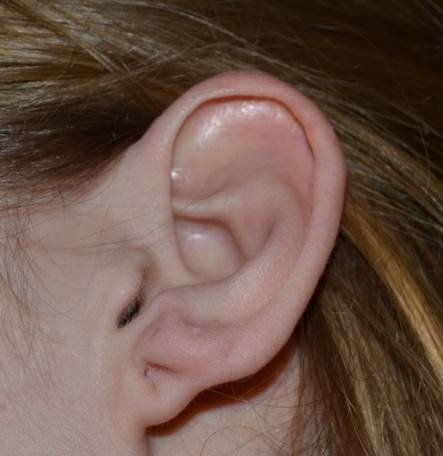
Ear Lobe Surgery
What is Ear Lobe Reduction Surgery?
Ear Lobe reduction surgery is an operation to reduce the size of the ear lobe. The ear lobe is a focal point in the appearance of the external ear and is very important in the aesthetics of the ear. Large ear lobes are developmental and hereditary in many cases. Aging also contributes to earlobe enlargement as earlobes become more pendulous with increasing age. Another factor is excessive wearing of heavy earrings which can stretch the earlobes increasing their apparent size. The aim of earlobe reduction is to create a new balance in the size of the ear which in turn will improve the contour of the face.
Am I suitable for Ear Lobe Reduction Surgery?
Earlobe reduction can be carried out on anyone with excessively large ear lobes which are out of balance to create a more youthful earlobe shape. It is a fairly minor procedure and can performed in isolation or as part of a total ear reduction. There are a number of methods to reduce the size of earlobes and choosing the most suitable method will depend on the shape and size of the earlobe. Earlobe reduction is not recommended for patients who have a history of bad scarring or keloids. Also, patients on blood thinning medication may need to stop for 48 hours under the directive of their specialist.
How is Ear Lobe Reduction Surgery performed?
Earlobe reduction is performed under local anaesthetic as a day case procedure. Precise marking of the area to be removed prior to surgery is essential. There are two main methods to reduce the size of the earlobes. The first is resection of the peripheral margin of the earlobe. This leaves a hidden scar on the underside of the earlobe which becomes almost invisible with time. The second method is a wedge reduction usually at the junction of the ear and the face. Both techniques produce aesthetically pleasing results. Selecting the appropriate technique will depend on the shape of the earlobe and the desired outcome. This is assessed at the time of the consultation. Once the excess tissue is removed the wound is closed with dissolvable stitches and a simple dressing applied.
Is Ear Lobe Reduction Safe?
Earlobe reduction is very safe. The most important step is the marking before surgery as the reduction is permeant and therefore precise measurements are needed. Infection risk is minimal and minor bleeding after surgery is of no consequence. The scars resulting from both techniques heal extremely well and will be almost invisible after a few months.
What are the risks in Ear Lobe Reduction?
As in any surgical procedure, complications can occur. In the case of earlobe reduction patients need to be warned of hypertrophic scar, red thickened scar. These occurs in around 2% and can be improved with simple scar management steps. There can be some minor discomfort and itching during the healing period. Minor asymmetry can occur in any earlobe reduction procedure.
What happens after Ear Lobe Reduction?
Following surgery, the stitches are covered with very simple adhesive dressing and need to be kept dry for one week. Simple analgesia may be needed for the first few days and patients are asked to avoid putting direct pressure on the ears. Normal activity can be resumed the next day. It is advisable to avoid heavy strenuous activity in the first week as this can increase the swelling. The stitches used are dissolvable and are very fine. The visible pat of the stitch will fall out on the third week. The scar will be red at this stage and will mature and become pale over a period of 3-6 months.
Will I be able to see the results immediately after ear lobe reduction?
You can see the result of the surgery immediately upon completion of the procedure before the dressing is applied. Once the dressing is applied the change in shape and size will still be evident. The dressing is removed at 1 week and there would be very fine stitches still visible at this stage. These will fall out on the third week and at this stage the result of the surgery will clearly visible with very minor swelling which will reduce over the next 4 weeks.
Contact Walid Sabbagh
To arrange an appointment or for any other enquiries, please call or use the form.
Mob: +44 (0)7761 792 835
Tel: +44 (0)203 0020124

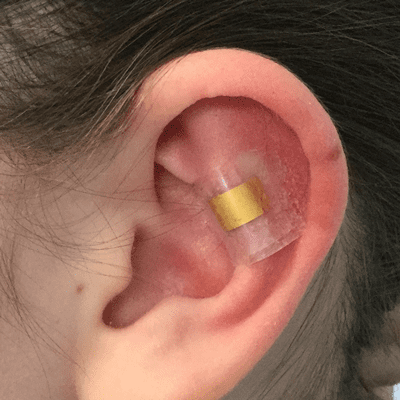
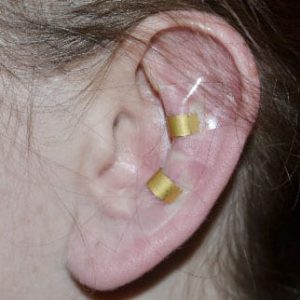
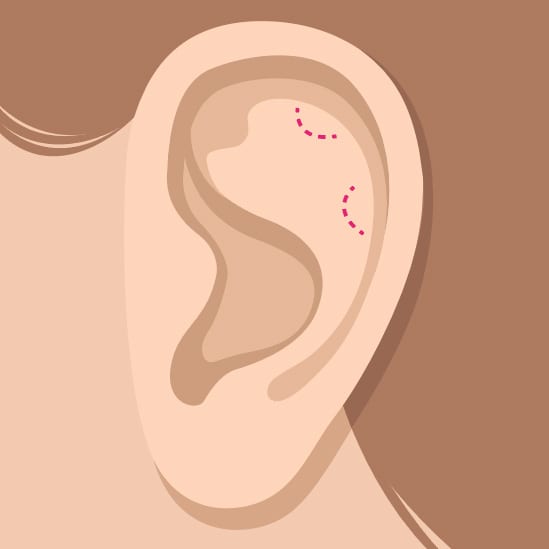

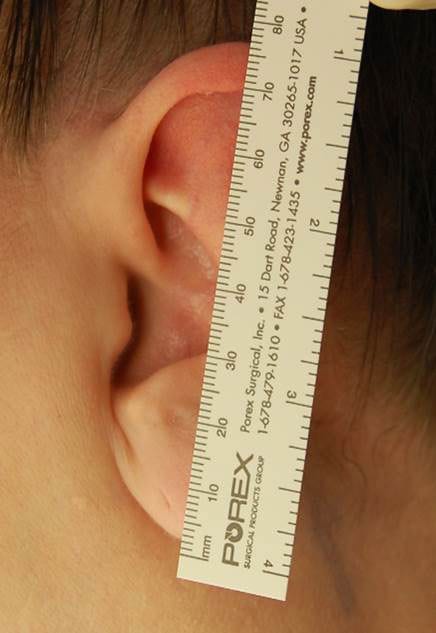
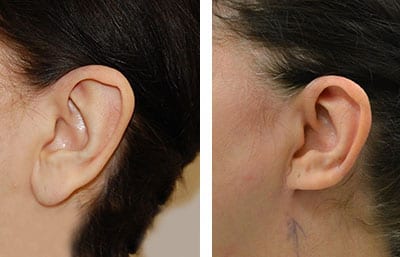
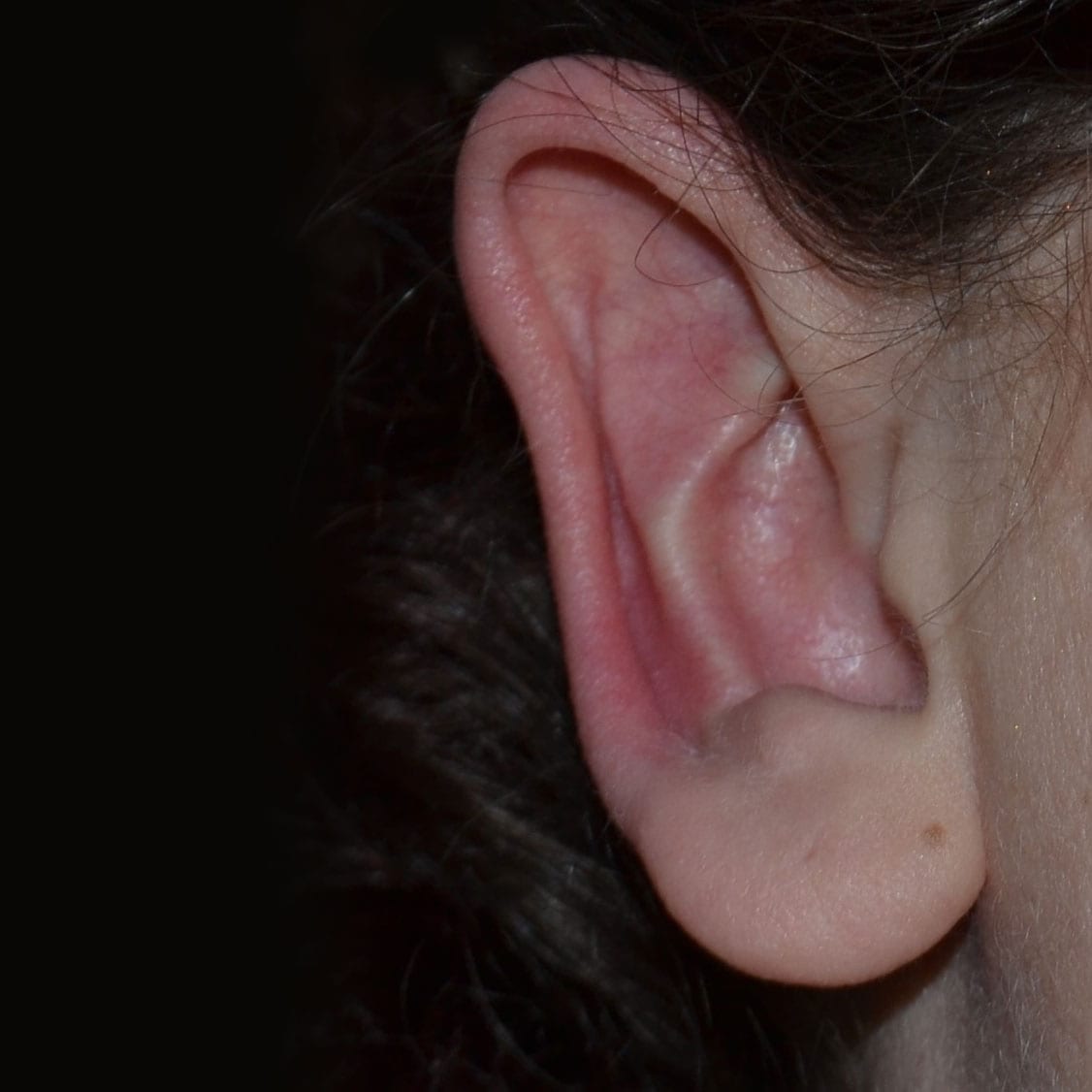
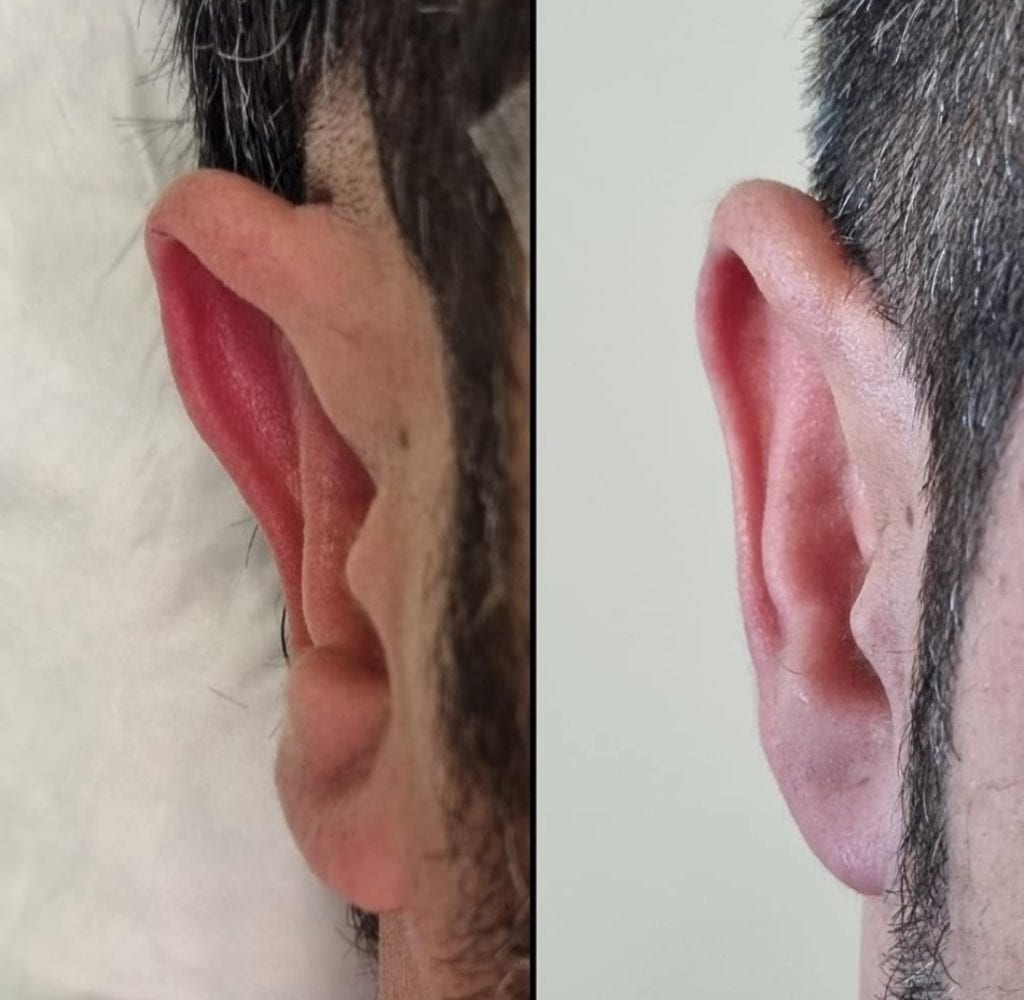
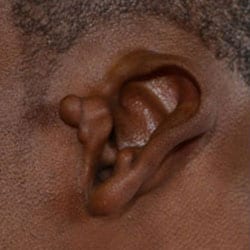
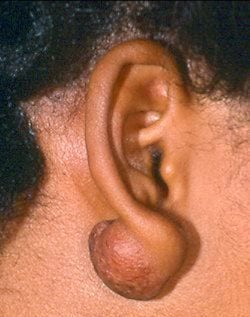
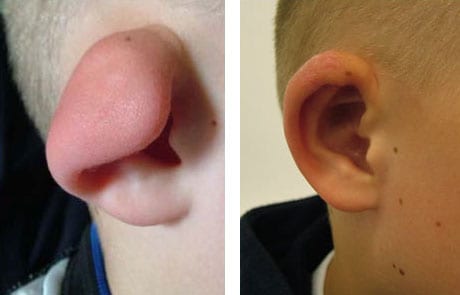
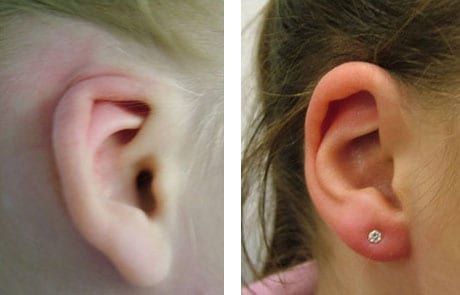
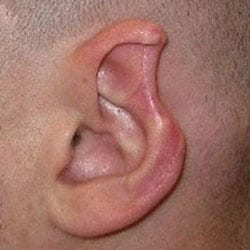
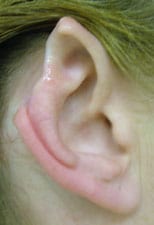
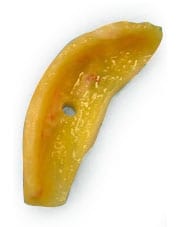
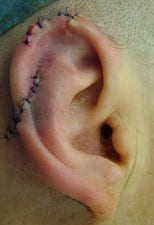
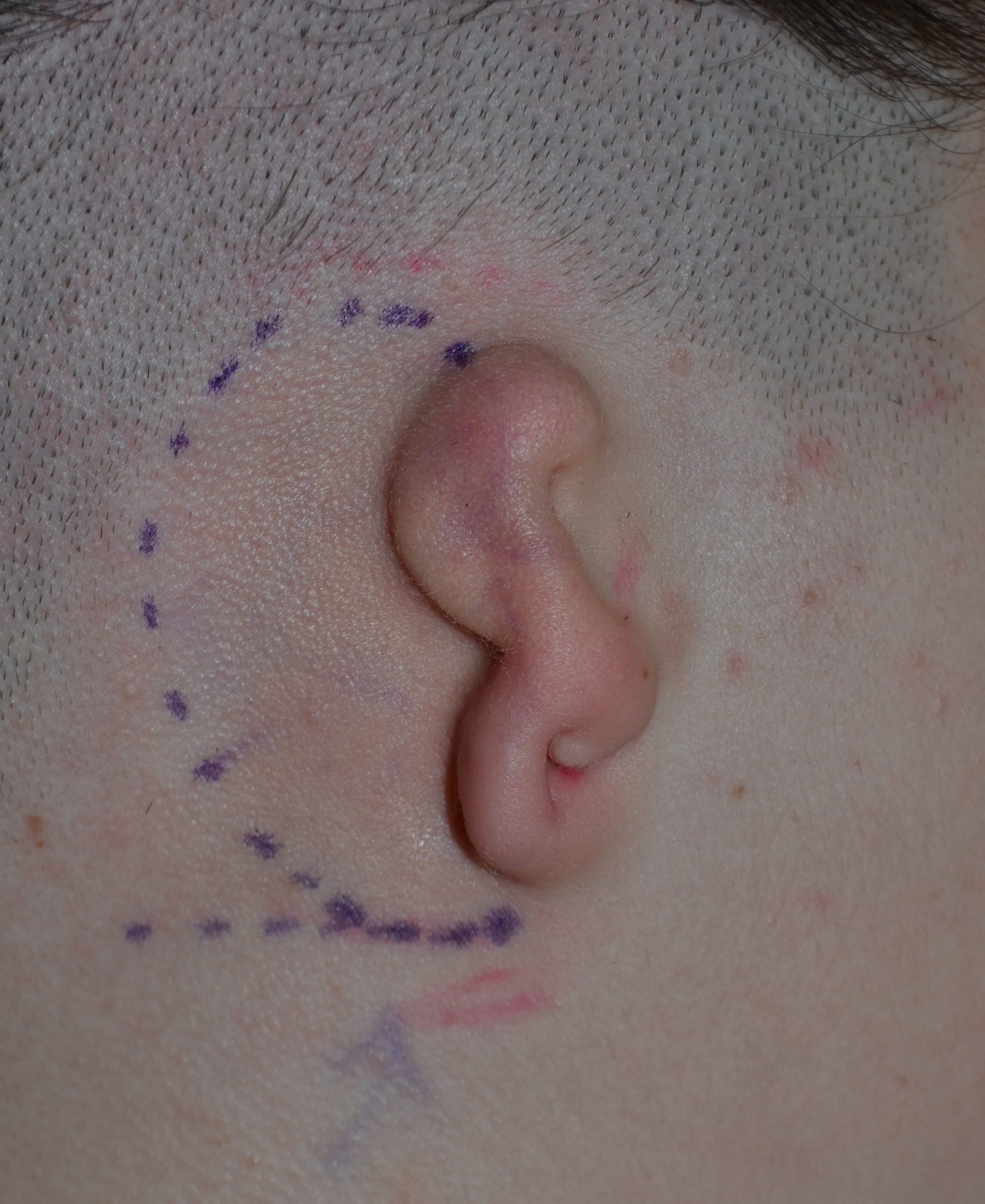

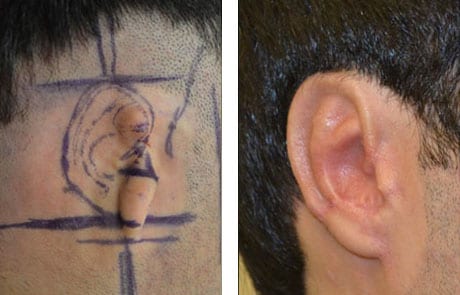

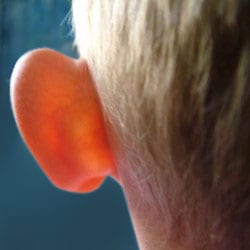
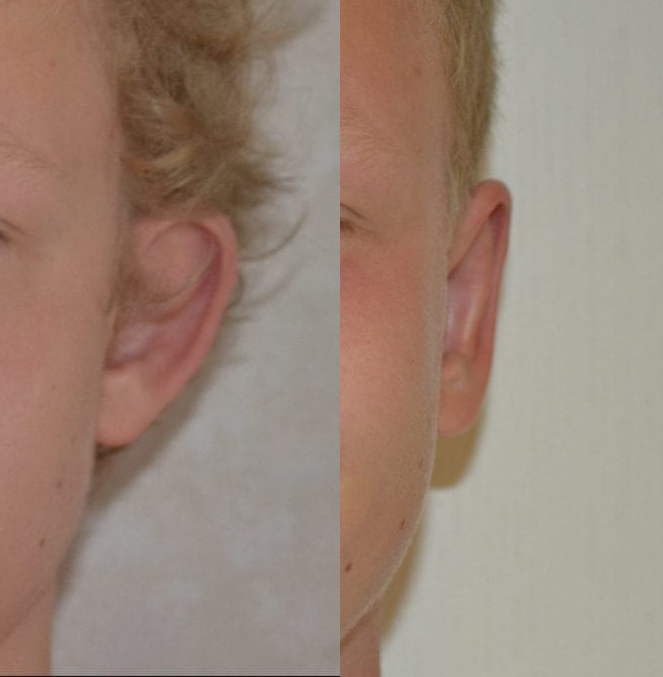
Recent Comments